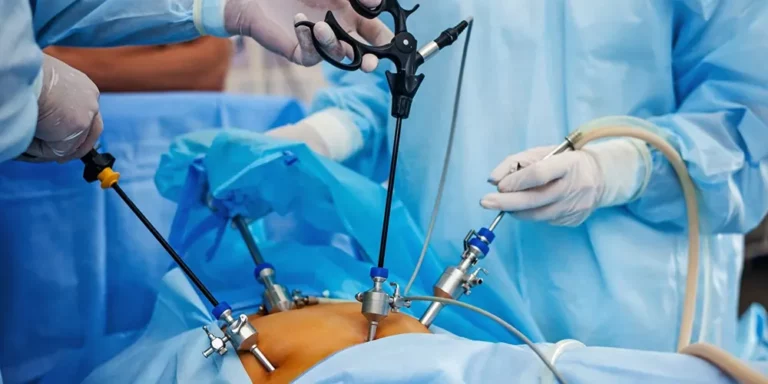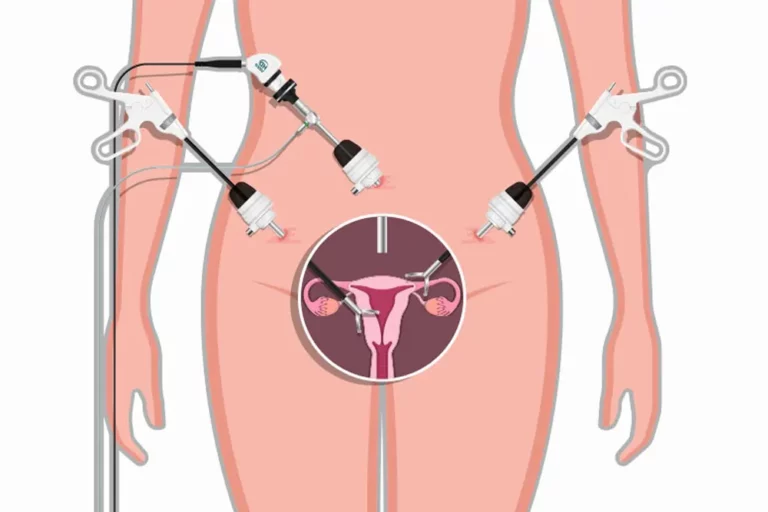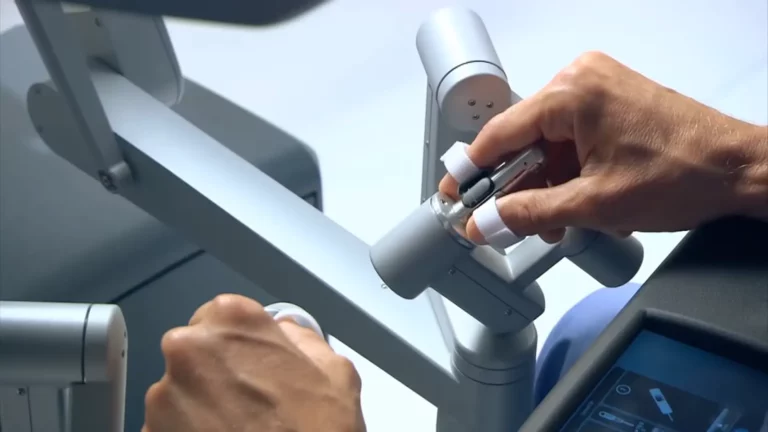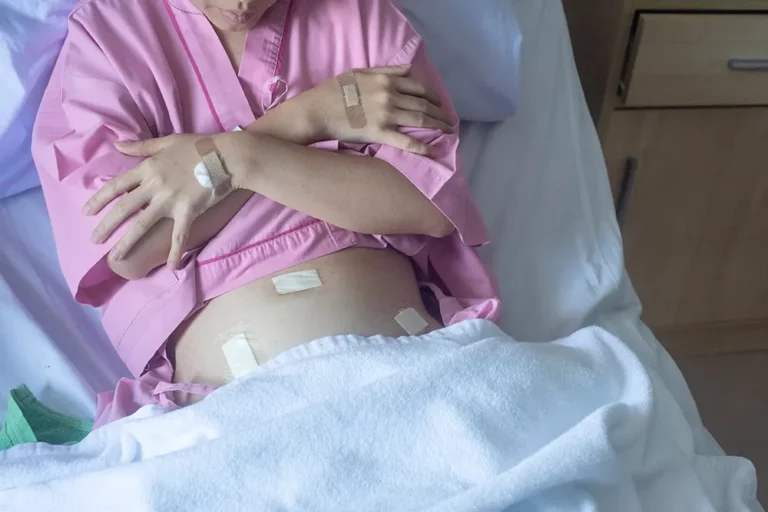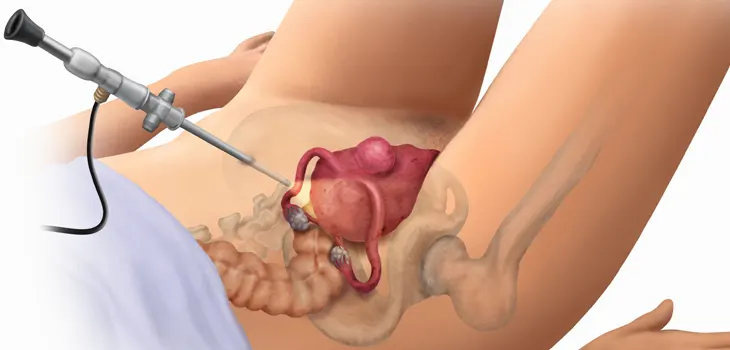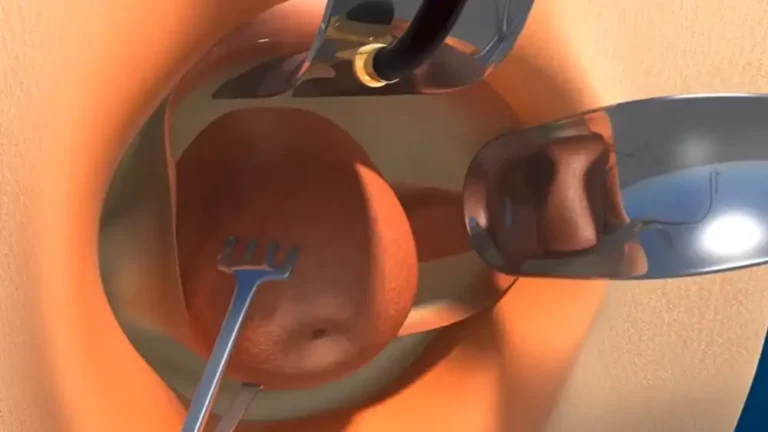vNotes Hysterectomy: Natural Orifice Transluminal Endoscopic Surgery

In the ever-evolving field of gynecologic surgery, technological advancements have paved the way for innovative procedures that prioritize patient well-being and faster recovery. One such procedure, vNotes hysterectomy, has emerged as a groundbreaking technique in the realm of minimally invasive laparoscopic surgery. This blog post explores the intricacies of vNotes hysterectomy, its advantages over traditional approaches, and its potential to revolutionize women’s health. Let us delve into the world of vNotes and the future it holds for gynecologic procedures.
Understanding vNotes: The Natural Orifice Transluminal Endoscopic Surgery
vNotes, short for “vaginal natural orifice transluminal endoscopic surgery,” is a cutting-edge surgical technique that combines the benefits of vaginal and laparoscopic approaches. Unlike traditional methods such as abdominal or laparoscopic hysterectomy, vNotes offers a minimally invasive alternative to patients with benign uterine conditions. This innovative procedure capitalizes on the body’s natural orifices, specifically the vagina, to access the pelvic cavity without making any external incisions.
How vNotes is performed
During hysterectomy via transvaginal natural orifice, the surgeon performs the entire procedure through the vagina, utilizing a combination of laparoscopic and vaginal techniques. To initiate the surgery, a circular incision is made around the cervix, providing access to the abdominal cavity. Through this incision, specialized instruments, including a laparoscope, are introduced into the pelvic cavity. The uterus is then carefully detached and removed trans-vaginally, ensuring a thorough and meticulous extraction. In certain cases, the fallopian tubes and ovaries may also be removed if necessary.
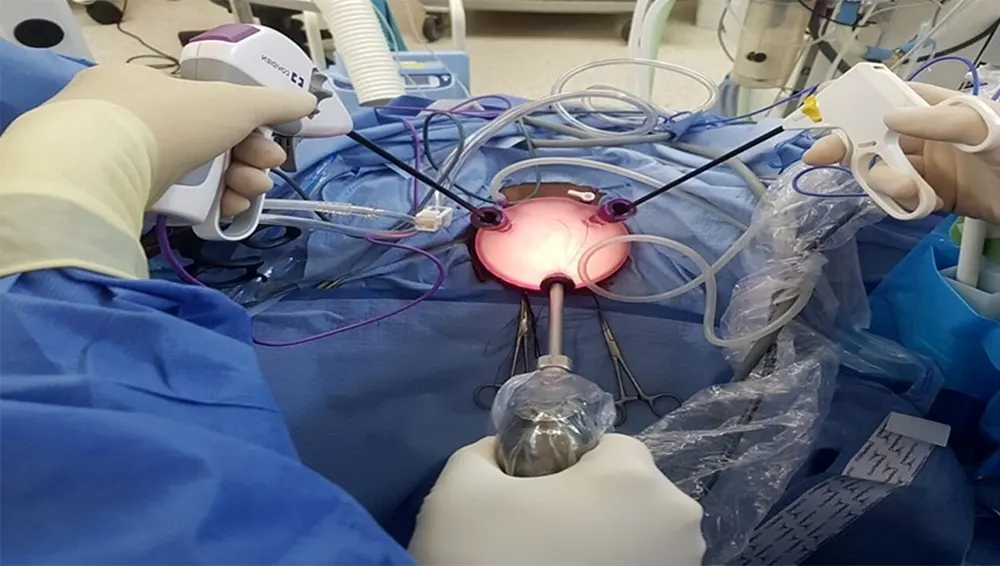
Advantages of vNotes Hysterectomy
vNotes hysterectomy offers several notable advantages over traditional surgical approaches, including:
a. Minimally Invasive Technique: By utilizing the natural orifice of the vagina, vNotes eliminates the need for invasive abdominal incisions, resulting in reduced trauma to the surrounding tissues and organs.
b. Faster Recovery: Compared to abdominal hysterectomy, vNotes hysterectomy enables a faster recovery time, allowing patients to resume their daily activities sooner and with less postoperative pain.
c. Reduced Hospital Stay: With the minimally invasive nature of vNotes, patients often experience shorter hospital stays, contributing to cost-effective and efficient healthcare delivery.
d. Improved Cosmetic Outcome: As vNotes hysterectomy does not require large external incisions, it offers a superior cosmetic outcome, minimizing visible scarring and promoting body positivity.
vNotes vs. Traditional Approaches: A Paradigm Shift in Gynecologic Surgery
a. Laparoscopic and Vaginal Approaches: vNotes combines the benefits of laparoscopic and vaginal approaches, allowing for a comprehensive and meticulous surgical technique. This integrated approach provides surgeons with enhanced visualization and dexterity, facilitating improved patient outcomes.
b. Conventional Laparoscopy: While conventional laparoscopic hysterectomy has been a standard practice, vNotes surpasses it by offering an even less invasive alternative. By accessing the pelvic cavity via the natural orifice, vNotes eliminates the need for multiple abdominal incisions and reduces the risk of complications.
c. Robotic-Assisted Hysterectomy: Robotic-assisted procedures have gained popularity in recent years. However, vNotes presents itself as a viable option, with its ability to achieve similar outcomes using a less complex setup, reducing costs and technical requirements.
Clinical Evidence and Future Implications
The efficacy and safety of vNotes hysterectomy have been validated through clinical studies and research. Randomized controlled trials comparing vNotes with other approaches, such as abdominal and laparoscopic hysterectomy, have demonstrated promising results. These studies have shown that vNotes hysterectomy is associated with comparable surgical outcomes, including surgical time, blood loss, and complication rates.
Furthermore, vNotes hysterectomy has shown favorable results in terms of patient satisfaction and postoperative pain management. Many patients report reduced pain and discomfort following the procedure, contributing to a smoother recovery process. This significant improvement in postoperative pain management can be attributed to the minimally invasive nature of the vNotes technique.
The future implications of vNotes hysterectomy are vast and exciting. As the field of minimally invasive gynecologic surgery continues to advance , vNotes has the potential to become the preferred approach for hysterectomy procedures, especially for patients with benign uterine conditions. Its combination of vaginal and laparoscopic techniques offers a comprehensive and versatile solution that can address various gynecologic conditions while minimizing surgical invasiveness.
Moreover, the development of vNotes techniques and instruments is ongoing. Research and innovation are focused on refining the procedure, enhancing surgical instruments, and improving the learning curve for surgeons. As technology evolves, we can expect further advancements in the field, leading to even more efficient and precise vNotes procedures.
The Evolution of vNotes Hysterectomy: Advancements in Minimally Invasive Gynecologic Surgery
The field of gynecologic surgery has witnessed significant advancements in recent years, and vNotes hysterectomy stands at the forefront of these innovations . Combining the principles of natural orifice transluminal endoscopic surgery (NOTES), vaginal surgery, and laparoscopic techniques, vNotes has emerged as an advanced minimally invasive gynecologic procedure. This section explores the evolution of vNotes hysterectomy and its impact on the realm of women’s health.
vNotes Hysterectomy: A Promising Technique for Benign Uterine Conditions
When it comes to the wide array of applications for vNotes hysterectomy, its exceptional effectiveness in addressing benign uterine conditions certainly stands out. Individuals grappling with issues like uterine fibroids, endometriosis, adenomyosis, and uterine prolapse can reap the remarkable benefits of vNotes hysterectomy. In this section, we delve into the multitude of advantages that vNotes brings to the table in the treatment of benign uterine ailments, all while shedding light on the potential for enhanced patient outcomes.
Enhanced Surgical Precision: Exploring the Role of Imaging in vNotes Hysterectomy
Imaging techniques play a crucial role in the success of any surgical procedure. In vNotes hysterectomy, imaging modalities such as ultrasound and laparoscopy assist surgeons in visualizing the pelvic cavity and guiding their surgical maneuvers. This section delves into the significance of imaging in vNotes hysterectomy, highlighting how it enhances surgical precision and improves patient safety.
Patient-Centered Care: Empowering Women’s Health through vNotes Hysterectomy
The field of gynecology has consistently placed a strong emphasis on prioritizing women’s health, and vNotes hysterectomy is in perfect alignment with this goal. vNotes hysterectomy presents a compelling option that is less invasive compared to traditional methods, thereby promoting a patient-centered approach to care. This segment delves into the empowering aspects of vNotes, as it places women’s well-being at the forefront, reduces postoperative pain, and accelerates recovery, resulting in an enhanced overall quality of women’s health.
FAQs
1. What is vNotes hysterectomy? vNotes hysterectomy refers to a surgical procedure that utilizes the transvaginal natural orifice transluminal endoscopic surgery (NOTES) technique to remove the uterus. This minimally invasive technique involves accessing the pelvic cavity through the vagina, without making external incisions. It represents an innovative approach that leverages the natural orifices of the human body for surgical access.
2. How is vNotes hysterectomy performed? During a vNotes hysterectomy, the surgeon makes a circular incision around the cervix and creates a posterior colpotomy, allowing access to the pelvic cavity. The uterus is then carefully detached from surrounding ligaments and tissues, and ultimately removed transvaginally. This innovative technique enables a less invasive approach compared to traditional vaginal or abdominal hysterectomy.
3. Are there any benefits to vNotes hysterectomy compared to other procedures? Certainly! vNotes hysterectomy offers several advantages over other procedures. It is a minimally invasive technique that utilizes natural body orifices, resulting in smaller incisions, reduced postoperative pain, and faster recovery. Additionally, vNotes hysterectomy has shown promising outcomes in terms of patient satisfaction, with minimal scarring and improved cosmetic results.
4. Is vNotes hysterectomy a new surgical technique? Yes, vNotes hysterectomy is relatively new and represents an advanced approach to gynecologic surgery. It harnesses the power of transvaginal natural orifice transluminal endoscopic surgery (NOTES) to perform hysterectomy with minimal invasiveness. While it is still evolving, vNotes hysterectomy has shown great potential for revolutionizing the field of minimally invasive gynecologic procedures.
5. Can vNotes hysterectomy be performed via single-port laparoscopy? Yes, vNotes hysterectomy can be performed using a single-port laparoscopic approach. This technique involves accessing the pelvic cavity through a single incision made in the navel or umbilicus. By combining vNotes and single-port laparoscopy, surgeons can further enhance the benefits of minimally invasive surgery.
In conclusion, vNotes hysterectomy is a revolutionary technique in the realm of minimally invasive gynecologic surgery. By utilizing the natural orifice of the vagina, this procedure offers numerous advantages over traditional approaches. With its faster recovery times, reduced postoperative pain, and improved cosmetic outcomes, vNotes is transforming the landscape of women’s health.
As research and clinical experience with vNotes hysterectomy continue to accumulate, we anticipate a wider adoption of this technique and its integration into standard gynecologic practice. The future holds immense potential for vNotes, paving the way for advanced minimally invasive gynecologic surgery and benefiting countless patients worldwide.
References:
- Hysterectomy by Transvaginal Natural Orifice
- Taiwan J Obstet Gynecol: Vaginal Natural Orifice Transluminal
- J Minim Invasive Gynecol: Vaginal NOTES Hysterectomy for
- Vaginal approaches to gynecologic surgery
- Applied Medical: Vaginal Hysterectomy
- Department of Obstetrics and Gynecology: Vaginal Natural Orifice
